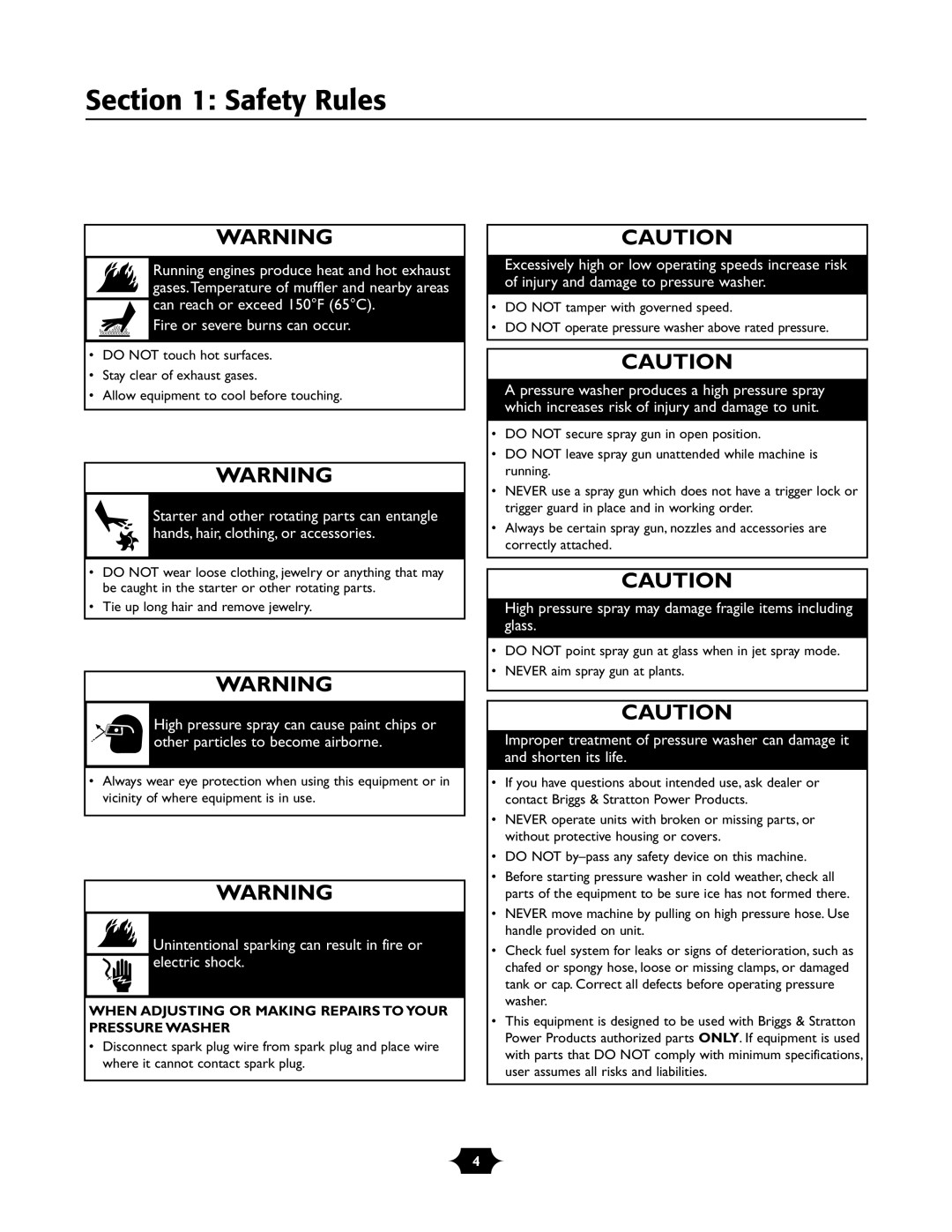1903 specifications
Briggs & Stratton Corporation, founded in 1903, has established itself as a prominent name in the field of small engine manufacturing. Headquartered in Milwaukee, Wisconsin, the company initially focused on producing gas engines for a variety of applications. Over the years, it has evolved into a leading manufacturer of outdoor power equipment engines, which are widely used in lawn mowers, pressure washers, and other gardening tools.One of the defining features of Briggs & Stratton's products is their commitment to durability and reliability. The engines are designed with high-quality materials and precision engineering, ensuring that they can withstand the rigors of both residential and commercial use. Many models are equipped with overhead valve (OHV) technology, which enhances engine performance by improving airflow, resulting in better fuel efficiency and reduced emissions.
Another significant innovation introduced by Briggs & Stratton in the early 2000s is the ReadyStart system. This user-friendly technology eliminates the need for a choke, making starting the engine simpler and more reliable. With ReadyStart, the engine adjusts itself automatically for different weather conditions, ensuring a hassle-free start every time.
In terms of performance, Briggs & Stratton engines are known for their power and torque. Models vary in horsepower ratings, catering to different needs—from small residential applications to heavy-duty commercial usage. The engines feature a wide range of power options, helping consumers select an engine that suits their specific requirements.
The company has also made strides in environmental sustainability. Briggs & Stratton has focused on reducing emissions through advanced engineering, adhering to strict environmental regulations while not compromising on performance. Their engines often integrate technologies such as low-oil shutdown, which protects the engine from damage due to insufficient lubrication.
Customer support and service have always been priorities for Briggs & Stratton. The company provides extensive resources, including manuals, maintenance tips, and customer service support, ensuring that users can maximize the performance and lifespan of their equipment.
Overall, Briggs & Stratton's legacy since its inception in 1903 is one of innovation, quality, and performance. The combination of advanced technologies, durable design, and customer-oriented support positions Briggs & Stratton as a leader in the small engine market, continuing to meet the evolving needs of consumers and professionals alike.

